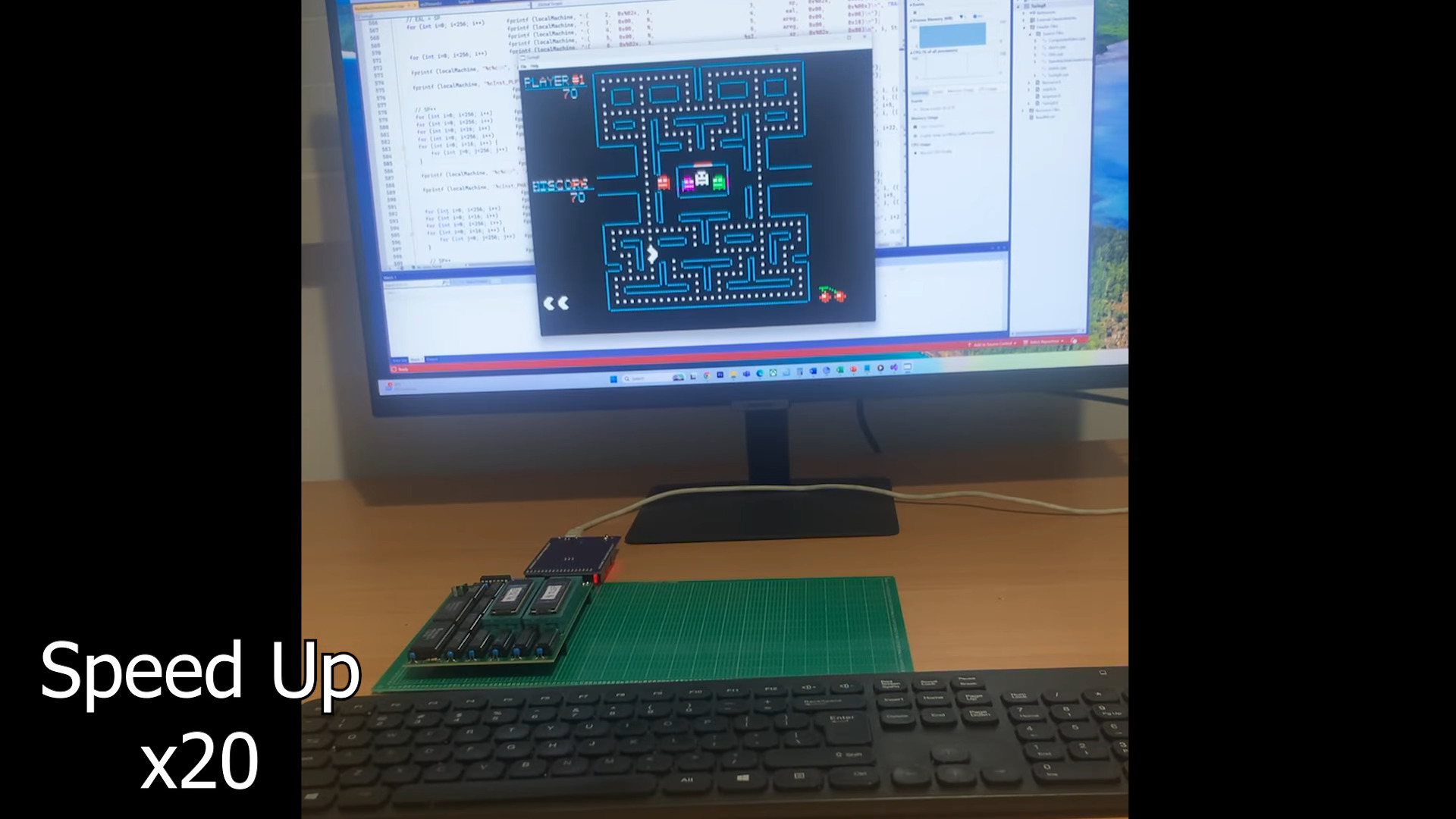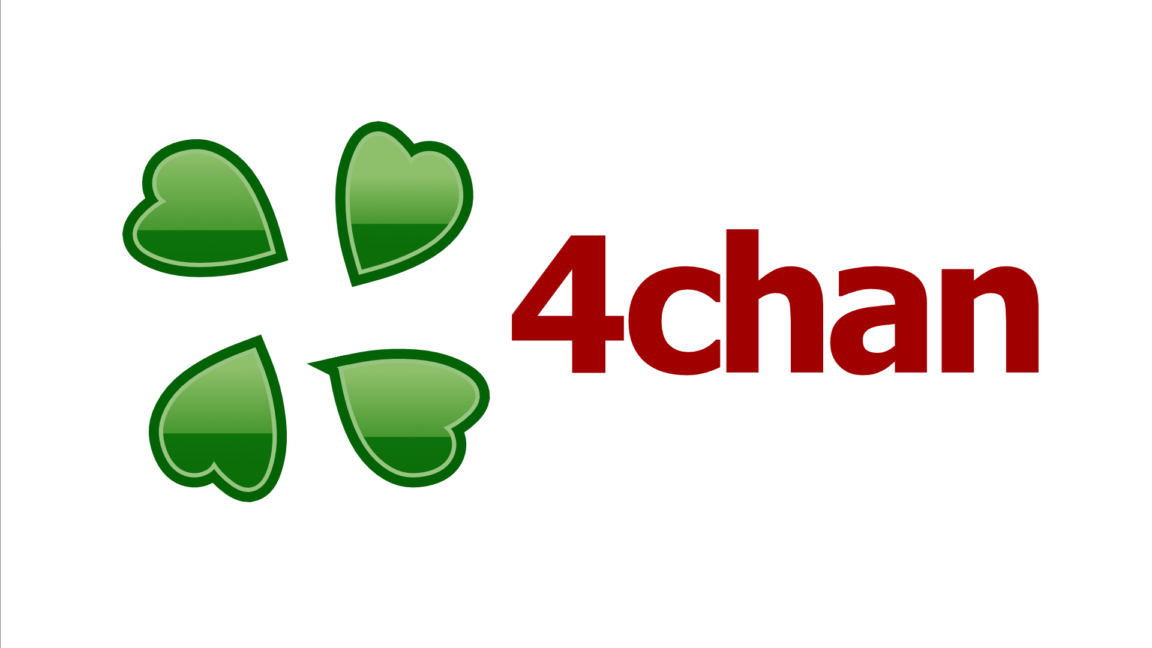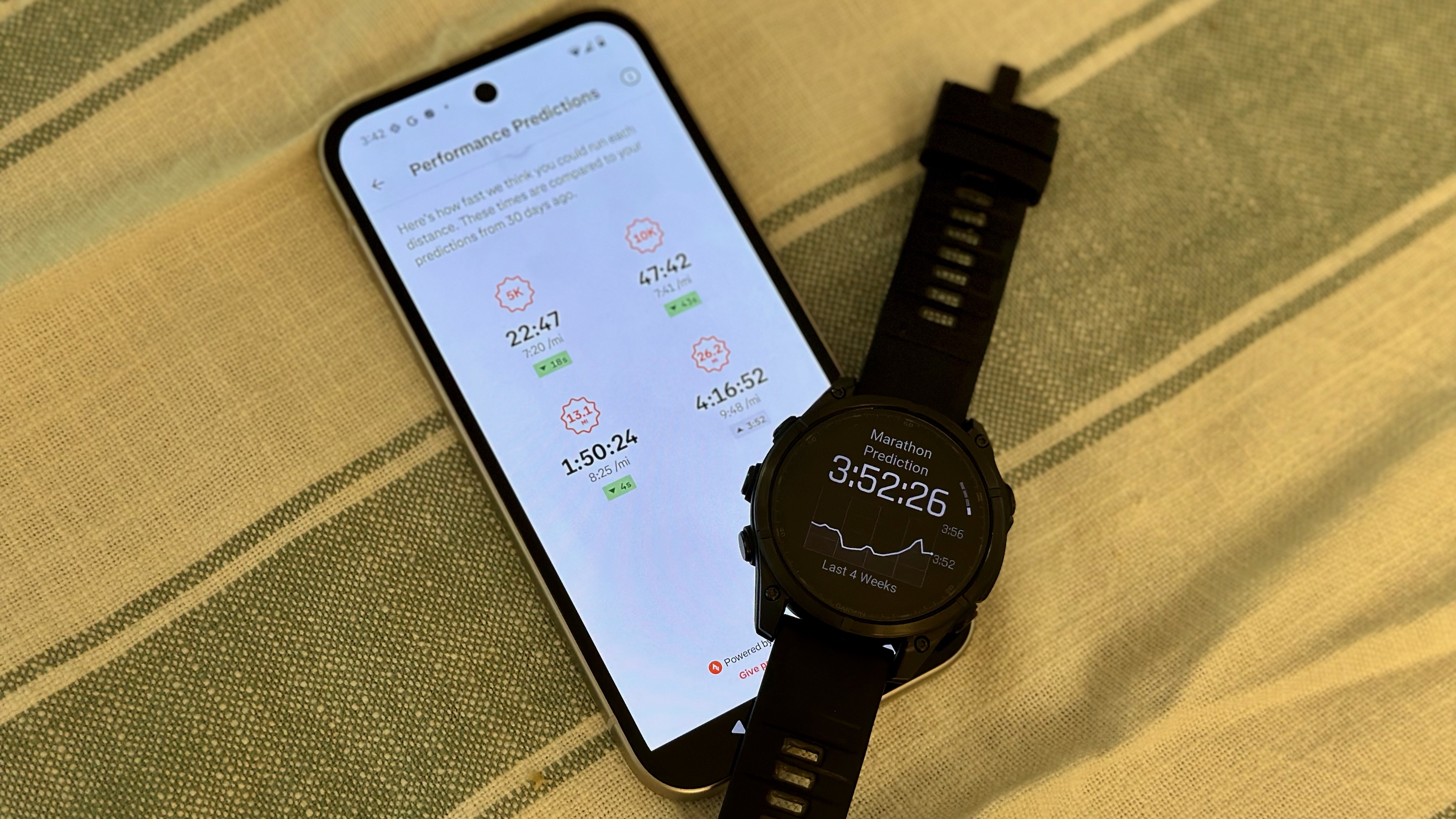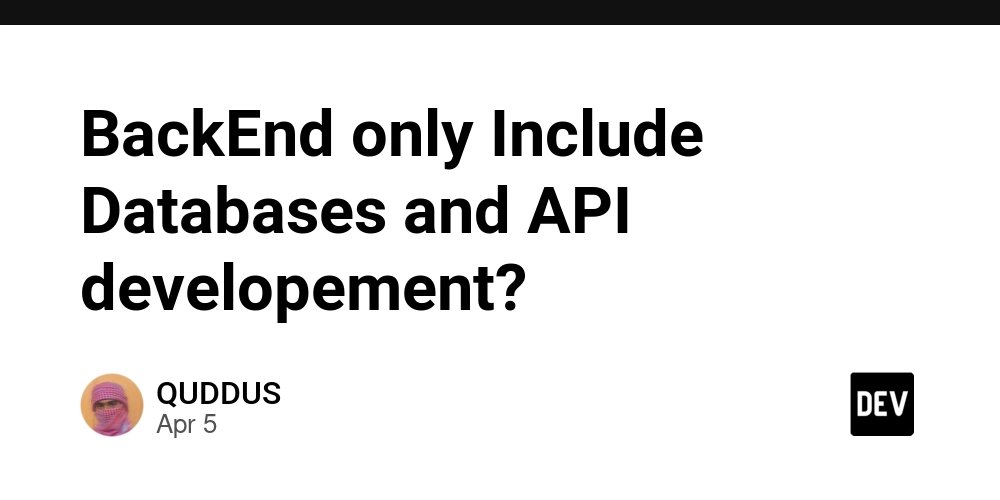How Java is Evolving for Cloud-Native Applications: Embracing Modern Frameworks & Technologies
As cloud-native applications become the backbone of modern enterprise solutions, Java, once viewed primarily as a traditional programming language, has proven its flexibility and scalability in this space. The rise of **microservices architectures**, **serverless computing**, and **containerization** has led Java to adapt its ecosystem with modern frameworks, tools, and performance optimizations designed for the cloud. In this article, we explore how Java is evolving to support the ever-growing demands of **cloud-native applications**, and how Java developers can leverage the latest innovations to create highly scalable, efficient, and resilient systems. 1. Modern Java Frameworks for Cloud-Native Architectures To adapt to the needs of cloud-native development, Java has seen a shift towards lighter, more efficient frameworks that are tailored for building **microservices-based applications**. Traditional frameworks, while still in use, have often been replaced or complemented by more modern, cloud-optimized frameworks. Among the most notable are **Spring Boot** and **Spring Cloud**, **Micronaut**, and **Quarkus**—each designed with specific features that make them perfect for cloud environments. Spring Boot & Spring Cloud are two of the most widely used frameworks in Java for cloud-native applications. **Spring Boot** simplifies the process of building microservices by offering easy-to-use configurations, built-in components like embedded servers, and automatic configuration, allowing developers to focus on business logic rather than infrastructure concerns. **Spring Cloud** builds on top of Spring Boot to provide cloud-specific solutions such as **service discovery**, **circuit breakers**, and **distributed configuration**. For organizations looking to create lightweight and highly responsive services, frameworks like **Micronaut** and **Quarkus** are fast becoming popular choices. **Micronaut**, known for its low memory usage and rapid startup times, is well-suited for serverless applications and **containerized environments**. Similarly, **Quarkus** has been optimized for cloud deployments, especially in **Kubernetes** and **OpenShift** environments. Both of these frameworks support modern programming paradigms like **Reactive Programming**, making them perfect for handling high-throughput systems that require fast responses and low latency. 2. GraalVM and Ahead-of-Time Compilation One of the most groundbreaking technologies that is transforming Java in cloud-native applications is **GraalVM**, a high-performance runtime that includes a **JVM** and supports **native image** generation. While Java has traditionally been known for its use of **Just-In-Time (JIT) compilation**, which optimizes performance during runtime, GraalVM’s **Ahead-Of-Time (AOT) compilation** offers a significant performance improvement for cloud environments. GraalVM enables Java developers to compile their applications into **native images**, producing binaries that start up faster and consume significantly less memory compared to traditional JVM-based applications. This is especially beneficial for serverless applications and **containerized microservices**, where minimizing **cold start latency** and reducing resource consumption are critical. Furthermore, GraalVM integrates seamlessly with frameworks like **Quarkus** and **Micronaut**, both of which are designed to take full advantage of GraalVM’s capabilities. 3. Optimizing Java for Containers & Kubernetes The rise of containerization has made **Kubernetes** the de facto platform for deploying and managing cloud-native applications. For Java developers, this means ensuring that their applications are optimized for container environments. Fortunately, there are several tools and techniques that can help streamline this process. Java has made significant strides in containerization support with tools like **Jib**, a plugin for Maven and Gradle that allows developers to build optimized **Docker images** for Java applications without needing a Dockerfile. **Jlink**, a tool introduced in Java 9, also helps by allowing developers to create **custom Java runtimes** that are much smaller than the traditional JVM, making them ideal for container environments. Additionally, the use of **Helm charts** and **Kustomize** helps Java applications be more Kubernetes-native, making it easier to automate deployments and manage application configurations in cloud environments. As cloud-native applications grow more complex, adopting Kubernetes and container technologies will be crucial for Java developers who want to ensure that their systems are scalable, portable, and maintainable. 4. Embracing Reactive Programming in Java With the increasing demand for high-performance systems that can handle large volumes of traffic, **Reactive Programming** has emerged as a powerful paradigm for building scalable and responsive applications. Java has embr

As cloud-native applications become the backbone of modern enterprise solutions, Java, once viewed primarily as a traditional programming language, has proven its flexibility and scalability in this space. The rise of **microservices architectures**, **serverless computing**, and **containerization** has led Java to adapt its ecosystem with modern frameworks, tools, and performance optimizations designed for the cloud. In this article, we explore how Java is evolving to support the ever-growing demands of **cloud-native applications**, and how Java developers can leverage the latest innovations to create highly scalable, efficient, and resilient systems.
1. Modern Java Frameworks for Cloud-Native Architectures
To adapt to the needs of cloud-native development, Java has seen a shift towards lighter, more efficient frameworks that are tailored for building **microservices-based applications**. Traditional frameworks, while still in use, have often been replaced or complemented by more modern, cloud-optimized frameworks. Among the most notable are **Spring Boot** and **Spring Cloud**, **Micronaut**, and **Quarkus**—each designed with specific features that make them perfect for cloud environments.
Spring Boot & Spring Cloud are two of the most widely used frameworks in Java for cloud-native applications. **Spring Boot** simplifies the process of building microservices by offering easy-to-use configurations, built-in components like embedded servers, and automatic configuration, allowing developers to focus on business logic rather than infrastructure concerns. **Spring Cloud** builds on top of Spring Boot to provide cloud-specific solutions such as **service discovery**, **circuit breakers**, and **distributed configuration**.
For organizations looking to create lightweight and highly responsive services, frameworks like **Micronaut** and **Quarkus** are fast becoming popular choices. **Micronaut**, known for its low memory usage and rapid startup times, is well-suited for serverless applications and **containerized environments**. Similarly, **Quarkus** has been optimized for cloud deployments, especially in **Kubernetes** and **OpenShift** environments. Both of these frameworks support modern programming paradigms like **Reactive Programming**, making them perfect for handling high-throughput systems that require fast responses and low latency.
2. GraalVM and Ahead-of-Time Compilation
One of the most groundbreaking technologies that is transforming Java in cloud-native applications is **GraalVM**, a high-performance runtime that includes a **JVM** and supports **native image** generation. While Java has traditionally been known for its use of **Just-In-Time (JIT) compilation**, which optimizes performance during runtime, GraalVM’s **Ahead-Of-Time (AOT) compilation** offers a significant performance improvement for cloud environments.
GraalVM enables Java developers to compile their applications into **native images**, producing binaries that start up faster and consume significantly less memory compared to traditional JVM-based applications. This is especially beneficial for serverless applications and **containerized microservices**, where minimizing **cold start latency** and reducing resource consumption are critical. Furthermore, GraalVM integrates seamlessly with frameworks like **Quarkus** and **Micronaut**, both of which are designed to take full advantage of GraalVM’s capabilities.
3. Optimizing Java for Containers & Kubernetes
The rise of containerization has made **Kubernetes** the de facto platform for deploying and managing cloud-native applications. For Java developers, this means ensuring that their applications are optimized for container environments. Fortunately, there are several tools and techniques that can help streamline this process.
Java has made significant strides in containerization support with tools like **Jib**, a plugin for Maven and Gradle that allows developers to build optimized **Docker images** for Java applications without needing a Dockerfile. **Jlink**, a tool introduced in Java 9, also helps by allowing developers to create **custom Java runtimes** that are much smaller than the traditional JVM, making them ideal for container environments.
Additionally, the use of **Helm charts** and **Kustomize** helps Java applications be more Kubernetes-native, making it easier to automate deployments and manage application configurations in cloud environments. As cloud-native applications grow more complex, adopting Kubernetes and container technologies will be crucial for Java developers who want to ensure that their systems are scalable, portable, and maintainable.
4. Embracing Reactive Programming in Java
With the increasing demand for high-performance systems that can handle large volumes of traffic, **Reactive Programming** has emerged as a powerful paradigm for building scalable and responsive applications. Java has embraced this model through libraries and frameworks like **Project Reactor**, **Vert.x**, and **RxJava**.
**Reactive programming** is particularly well-suited for **cloud-native applications** as it allows systems to be more resilient and efficient. By employing non-blocking I/O operations, Java applications can scale horizontally without adding unnecessary resource overhead. The **Spring WebFlux** framework, built on top of Project Reactor, allows developers to build fully reactive applications using the familiar Spring ecosystem. Similarly, **Vert.x** provides a lightweight toolkit for building high-performance, event-driven applications on the JVM.
These frameworks are designed to handle large numbers of concurrent users with low latency, making them ideal for cloud environments that require **elastic scaling**. Whether you're building a highly interactive web application or a complex backend microservice, reactive programming allows Java developers to design systems that can adapt to changes in traffic and system load with minimal impact on performance.
5. Observability and Monitoring in Java Cloud-Native Apps
In the world of microservices and distributed systems, **observability** is critical for ensuring the health and performance of cloud-native applications. Java developers can leverage powerful tools for monitoring, logging, and tracing, which are essential for troubleshooting and maintaining systems in production.
**Spring Boot Actuator** is one such tool, providing built-in endpoints for health checks, metrics, and monitoring. Additionally, frameworks like **OpenTelemetry** and **Prometheus** are becoming the standard for collecting and exporting metrics in cloud-native environments. Java applications can easily integrate with these systems to ensure that application performance is tracked and any issues are quickly identified and resolved.
Furthermore, distributed tracing systems like **Jaeger** and **Zipkin** allow Java developers to trace the flow of requests across multiple microservices, helping to detect bottlenecks and latency issues. This type of observability is essential for understanding the behavior of modern cloud-native applications, where services are often distributed across various clusters and regions.
6. Java's Ongoing Performance Improvements
While Java is widely known for its stability, the language has also seen significant performance improvements in recent years. These improvements are essential for meeting the demands of cloud-native applications, where resource efficiency and speed are paramount.
The release of **Java 17** brought substantial enhancements to **garbage collection** (GC), **memory management**, and **performance**. Java’s **G1 Garbage Collector**, introduced in Java 9, has received numerous updates to optimize latency, while the **Z Garbage Collector** and **Shenandoah** GC focus on minimizing pause times, which is especially useful in cloud environments where applications must remain responsive under load.
By adopting newer versions of Java, developers can take advantage of these performance optimizations to build more efficient and scalable applications. The release of long-term support (LTS) versions of Java, such as Java 17, is encouraging businesses to migrate their applications to newer, cloud-optimized Java versions to stay competitive in the evolving landscape.
Conclusion
As cloud-native applications continue to dominate the tech landscape, Java has proven that it is not only capable of evolving but also thriving in this new paradigm. With modern frameworks, advanced compilation techniques, cloud optimization tools, and enhanced observability, Java developers are now empowered to build highly performant, scalable, and resilient systems. By embracing these changes, Java is ensuring its place as a **top choice** for **cloud-native development** for years to come.








































































































































































![[The AI Show Episode 144]: ChatGPT’s New Memory, Shopify CEO’s Leaked “AI First” Memo, Google Cloud Next Releases, o3 and o4-mini Coming Soon & Llama 4’s Rocky Launch](https://www.marketingaiinstitute.com/hubfs/ep%20144%20cover.png)



















































































































![Did I Discover A New Programming Paradigm? [closed]](https://miro.medium.com/v2/resize:fit:1200/format:webp/1*nKR2930riHA4VC7dLwIuxA.gif)



































































-Classic-Nintendo-GameCube-games-are-coming-to-Nintendo-Switch-2!-00-00-13.png?width=1920&height=1920&fit=bounds&quality=70&format=jpg&auto=webp#)




.jpg?width=1920&height=1920&fit=bounds&quality=70&format=jpg&auto=webp#)






















































.jpg?#)
































_Wavebreakmedia_Ltd_FUS1507-1_Alamy.jpg?width=1280&auto=webp&quality=80&disable=upscale#)




















































































































![Hands-On With 'iPhone 17 Air' Dummy Reveals 'Scary Thin' Design [Video]](https://www.iclarified.com/images/news/97100/97100/97100-640.jpg)
![Mike Rockwell is Overhauling Siri's Leadership Team [Report]](https://www.iclarified.com/images/news/97096/97096/97096-640.jpg)

































































































































